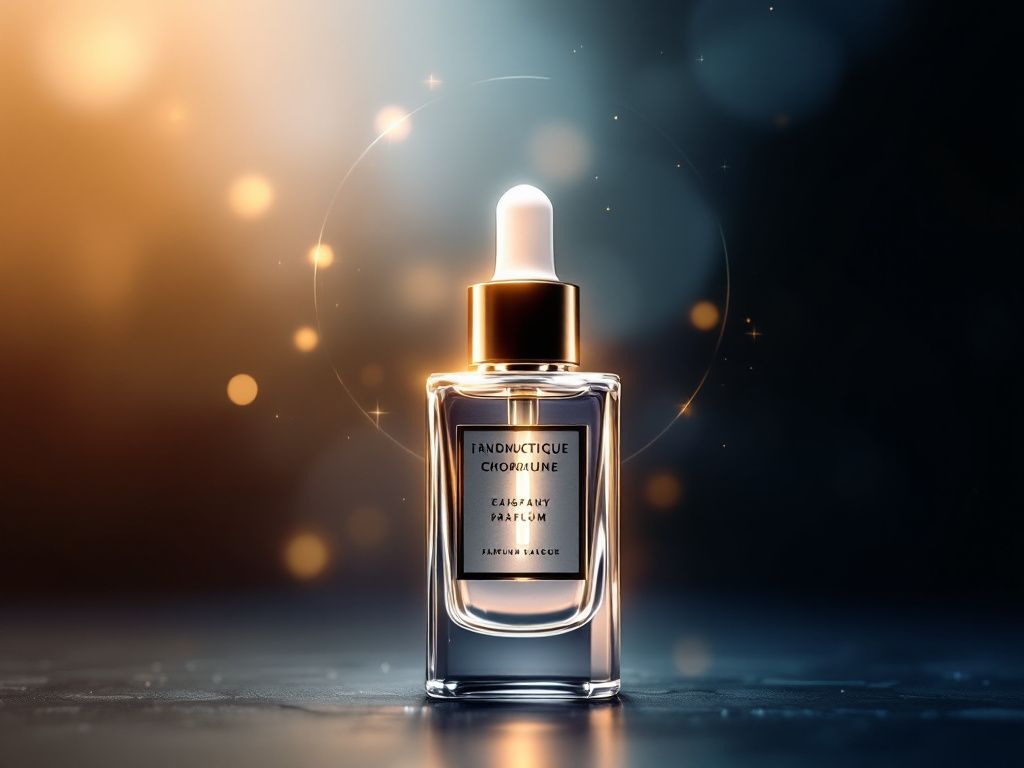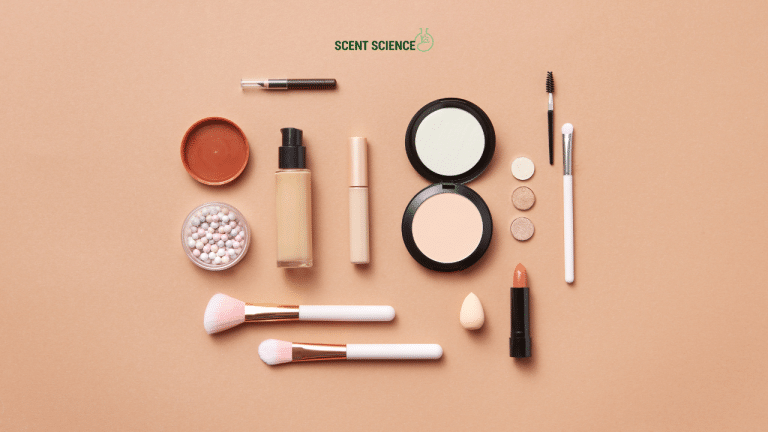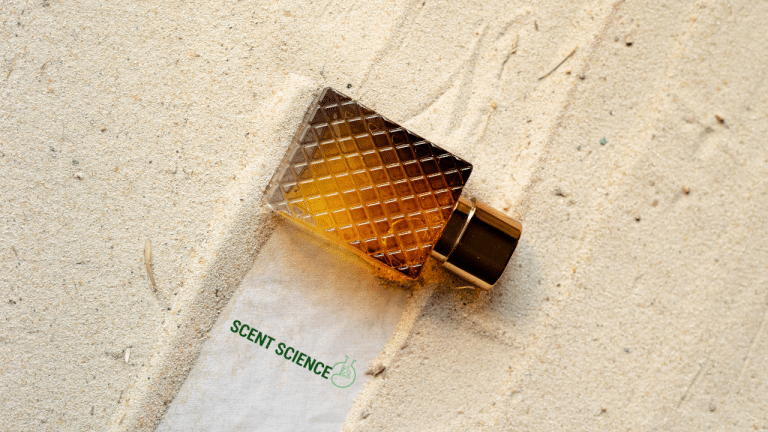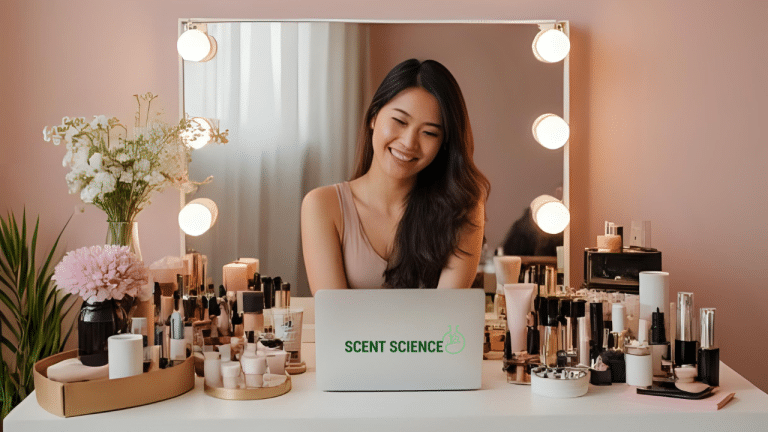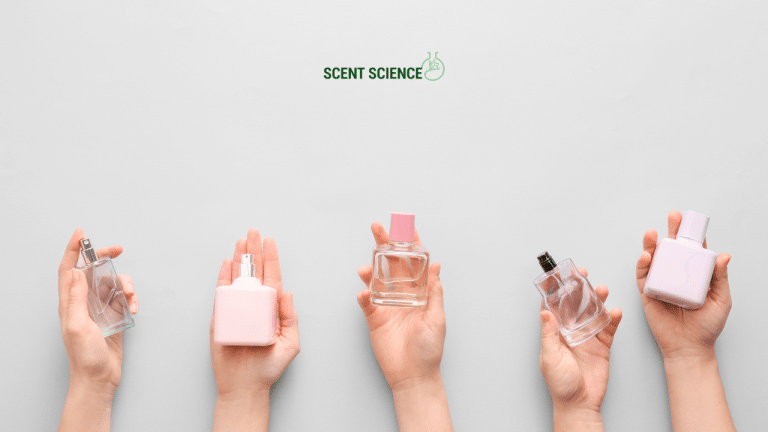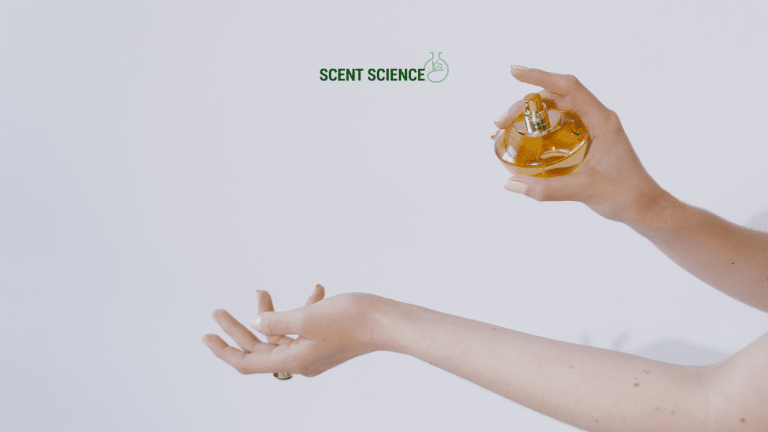Ever find yourself staring at a perfume bottle, curious about what exactly goes on behind the scenes to create that magic elixir? In today’s world, where innovation is as fragrant as a well-crafted bouquet, modern perfume manufacturing has seen some spectacular transformations. Now, let’s dive right in and explore the aromatic journey from raw materials to irresistible scents, focusing on cutting-edge technologies and how they’re revolutionizing the industry.
Table of Contents
ToggleThe Scent of Innovation
Gone are the days when perfume production relied solely on traditional methods. Today, we are witnessing a thrilling wave of fragrance technology that is reshaping the way perfumes are made. Why is this important, you ask? Simply put, innovation in perfume manufacturing not only enhances creativity but also improves efficiency, sustainability, and quality. Trust me, these aren’t just buzzwords.
The Shift from Tradition to Technology
Historically, perfume manufacturing was a labor-intensive process—a bit like crafting a symphony by hand. Artisans would painstakingly distill and blend oils, guided only by experience and intuition. Don’t get me wrong, the results were often masterpieces, but the process could be excruciatingly slow and cumbersome.
Today, the integration of advanced technologies and scientific methods has opened new doors, allowing for greater consistency and creativity. Let’s talk specifics.
Advancements in Fragrance Extraction
One of the most significant innovations in perfume manufacturing is the way raw materials are extracted. Traditional methods like steam distillation or solvent extraction, while effective, often left delicate notes lost. Modern techniques have refined this process. Take CO2 extraction, for instance. It involves using supercritical carbon dioxide to extract oils without the loss of volatile compounds. How cool is that? This technique not only captures the full spectrum of an aroma but also aligns with a demand for purer, cleaner ingredients.
CO2 Extraction vs. Traditional Methods

| Aspect | CO2 Extraction | Traditional Methods (Steam/ Solvent) |
|---|---|---|
| Temperature Impact | Minimal, preserving more aroma | Higher, may alter fragrant compounds |
| Purity | Higher, no residuals | Residual solvents possible |
| Efficiency | High | Moderate |
As you can see, CO2 extraction leads the pack when it comes to purity and efficiency. If you haven’t thought about it, this might be your nudge toward accepting modern practices in your next fragrant creation.
High-Tech Scent Design
What about the design of the scent itself? Another area where technology is playing a massive role is in formulation. Artificial intelligence is stepping into the perfume lab like a digital nose, offering insights and projections that human senses might miss.
AI and Perfume Formulation
AI can’t actually smell—yet—but it can sift through tons of data to identify trends and predict successful combinations. Imagine being able to plug into a program that not only suggests likely scent pairings but also simulates how they might evolve over time. It’s a bit like having a perfume advisor who knows the market, understands your preferences, and continuously learns from feedback.
Personalization at Scale
Between us, everyone wants to feel special, right? This has paved the way for bespoke fragrances—another exciting innovation. Here’s where digitization meets personal touch. With modern perfume manufacturing technologies, it’s possible to create custom scents for individuals that fit their personal chemistry and lifestyle moods.
Steps to Personalized Fragrance Creation
- Scent Profile Analysis: Dig into sensory preferences and lifestyle.
- Blend Recommendations by AI: Leverage AI to offer initial combinations.
- Prototype Sampling: Shortlist profiles and produce samples.
- Feedback and Fine-tuning: Incorporate client feedback for precision.
- 5. **Final Product: Deliver a tailor-made fragrance.
Each step might sound complex, but advanced tools make it achievable and scalable—and clients love the end result!
Sustainability: Green Fragrance Technology

Now, let’s pivot to one of the most talked-about subjects: sustainability. Skipping straight to the point, eco-conscious consumers are putting pressure on manufacturers to reduce their environmental impact. This has led to incredible inventions in green chemistry and sustainable sourcing.
Shift to Biodegradable and Ethically Sourced Ingredients
Tech advancements allow manufacturers to use synthetic biology to create fragrances using yeast, bacteria, or algae, which are biodegradable and originate from controlled environments—thereby reducing overharvesting of natural resources. Plus, closed-loop processes ensure nothing goes to waste.
Water Footprint Reduction
Water is another biggie in the perfume manufacturing process. Technologies such as waterless extraction have begun to minimize water usage while still producing high-quality oils. Implementing these technologies can support a circular production model where resources are reused, and environmental impact is minimized.
Tech-Driven Quality Control
Consistency is king. In perfume manufacturing, ensuring that each batch smells identical to the previous ones demands precision.
Innovative Quality Control Methods
Technological integration like Gas Chromatography and Mass Spectrometry offers precise compositional analysis. Ever found differing smells in your favorite perfume from different bottles? Advanced tech minimizes such discrepancies by maintaining consistency across batches.
AI is also involved in predicting shelf life and chemical stability, ensuring that what’s crafted in the lab is what your olfactory experiences when you spritz.
Looking Ahead: The Future of Perfume Manufacturing

So, what’s on the horizon? Virtual Reality (VR) and Augmented Reality (AR) experiences are growing as part of in-store perfume experiences, where consumers can pre-test scents through virtual simulations. There’s a whole world to look forward to with tech enhancements appealing to the evolving perception of fragrances.
Key Technologies to Watch
- Blockchain for Transparency: Increasing demand for traceability from source to shelf.
- Nanotechnology: Revolutionizing packaging to maintain fragrance potency.
- Sensor Innovations: Offering real-time environmental adaptability testing.
Common Pitfalls and Solutions
Before you rush off to be the next scent innovator, let’s cover some ground on potential challenges you might face and how to overcome them.
- Resistance to Technological Change: Traditionalists may balk—balancing innovation with proven practices might help.
- Cost Constraints: Some technologies come with a high price—consider incremental adoption.
- Regulatory Hurdles: Innovative methods might face strict regulations—stay informed and collaborate with regulatory bodies early on.
Conclusion: Bridging Tradition and Technology
By embracing modern perfume manufacturing technologies, the fragrance industry not only improves product quality and sustainability but also opens new avenues for creative expression. These innovations offer something beautiful—a testament to human ingenuity shaping something as timeless as perfume itself.
Keep exploring and experimenting, blend the art with science, and you might just craft the next iconic scent reigning supreme on perfume counters worldwide. A sniff of innovative flair indeed!
Frequently Asked Questions
How often should I wash my face mask to prevent maskne?
To prevent maskne, it is crucial to wash your face mask regularly. For fabric masks, wash them after every use, similar to how you would wash your underwear[2][3][4]. Disposable masks should be tossed after each use to prevent the buildup of bacteria and other contaminants[3][5>.
What type of skincare products are best for preventing maskne?
For preventing maskne, use skincare products that are oil-free or noncomedogenic. These products, such as gentle cleansers, moisturizers, and sunscreens, help prevent clogged pores and reduce the risk of acne. Look for products containing salicylic acid or benzoyl peroxide for their acne-fighting properties[1][3][4>.
How can I reduce friction and irritation caused by wearing a face mask?
To reduce friction and irritation, choose a mask that fits well and is made from breathable fabrics like cotton or bamboo. Loosen the mask straps, use pads under the straps, or consider a headband-style mask to minimize friction. Taking brief breaks to remove the mask and allow your skin to breathe can also help[2][3][5>.
What are some additional tips to prevent maskne while wearing a face mask?
In addition to regular mask washing and using the right skincare products, avoid touching your face, skip makeup or use noncomedogenic makeup, and moisturize your skin to keep it hydrated. Also, limit the use of active ingredients like retinol or benzoyl peroxide during the day when wearing a mask, and consider using a topical antimicrobial cream to prevent bacterial buildup[1][3][4>.
References
